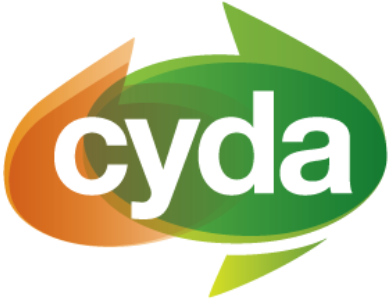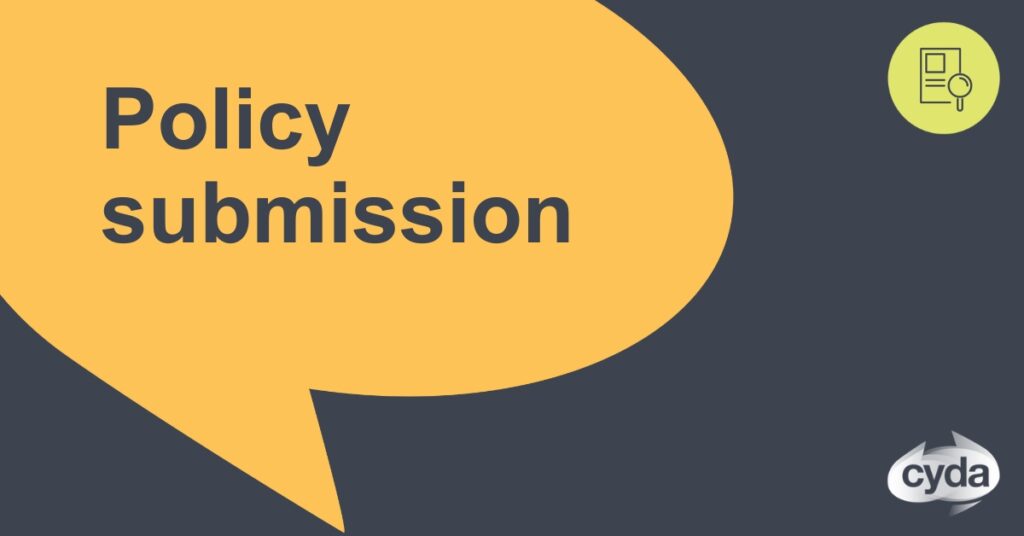
The Framework must uphold the rights of each person with disability to equal participation and inclusion and ensure that participants in the Scheme are afforded respect and dignity through service provision. It is critical that this is reflected in the organisational culture of service providers if the provision of high quality services is to occur. Children with Disability Australia acknowledges the challenges implicit to defining and measuring quality in service provision, given differing preferences and expectations.
As a society, we recognise the specific developmental needs, rights and vulnerabilities of children and afford the corresponding increased protection. As such it must be ensured that specific considerations around additional protections afforded to children and the fundamental role that families play in their lives are embedded in the Framework.
Download our full submission with the buttons above.


